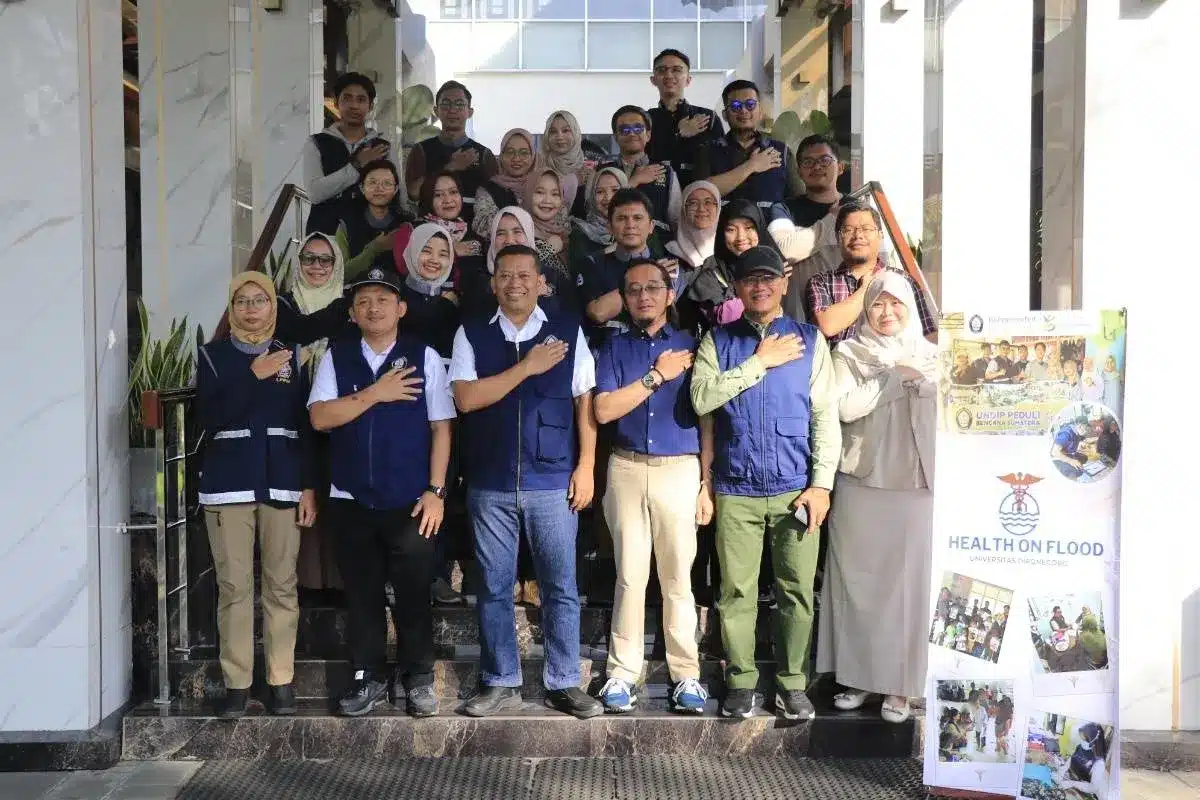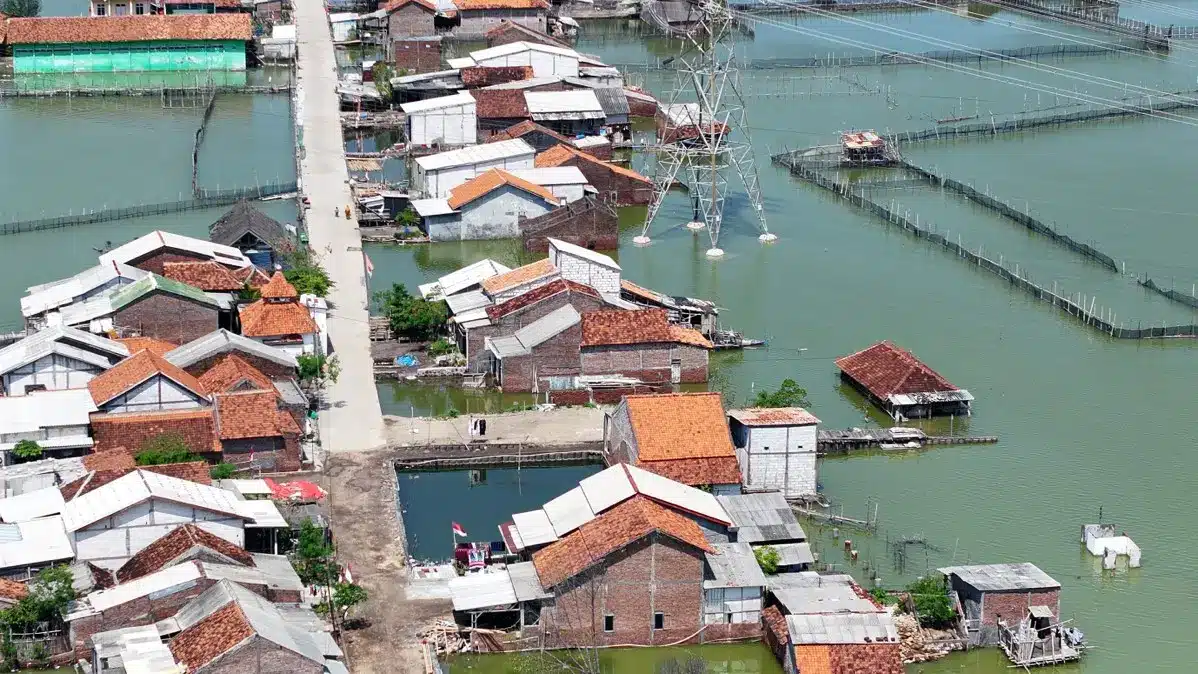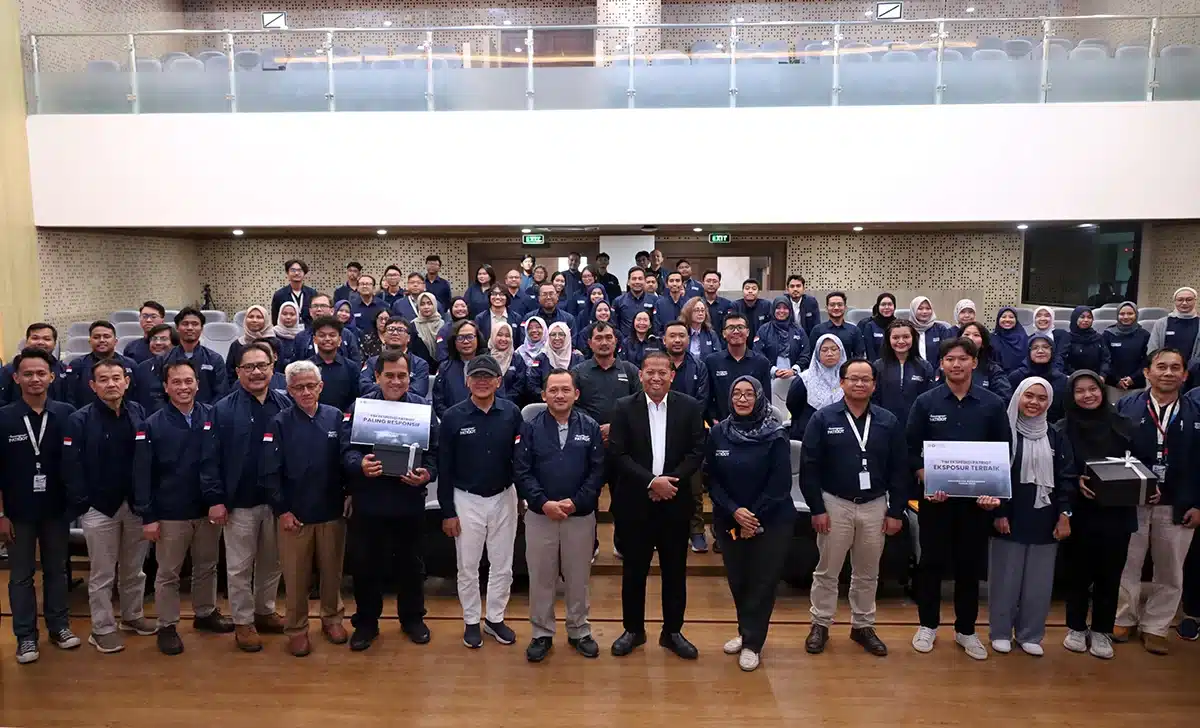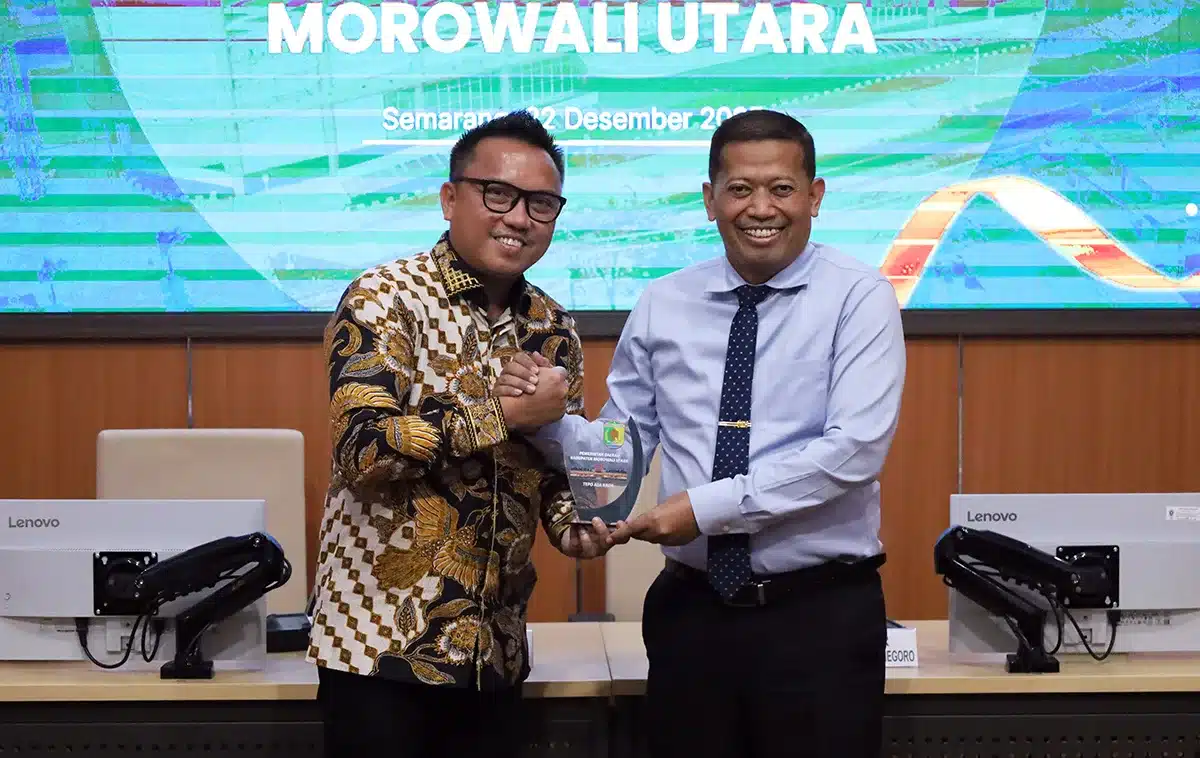Theme: Challenges of Coastal Structure Development in Indonesian Coastal Areas
Indonesia is the largest archipelago country in the world with a potential area of 17,480 islands with a sea stretch of 5.8 million km2 and has the fourth longest coastline in the world at 95,181 km, after Canada (265,523 km), USA (133,312 km), and the Federation Russia (110,310 km). Department of Oceanography FPIK Diponegoro University, PUI-PT-PKMBRP (CoREM), and Center for IZCM (Integrated Zone Coastal Management) held a Webinar with the theme “Challenges of Coastal Structure Development in Indonesian Coastal Areas” on Friday, June 12, 2020 through the Zoom application and Live YouTube. This webinar is a scientific seminar that presents speakers with their respective expertise to discuss and provide ideas and implementation solutions for the construction of coastal structures in the Indonesian Coastal region. Present as speakers were Prof. Dr. Ir. Bambang Triatmodjo, DEA, Civil and Environmental Engineering, Gadjah Mada University; Prof. Dr. Denny Nugroho Sugianto, S.T., M.Sc, Department of Oceanography at Diponegoro University; and Assoc. Prof. Dr. Eng. Ahmad Fitriadhy, CEng, CMarENG, CMarTech, MIMarEST, Universiti Malaysia Terengganu Program of Maritime Technology.
This webinar is guided by Dr. Muhammad Helmi, S.Sc., M.Sc as the moderator of the PUI-PT Center for Disaster Mitigation and Coastal Rehabilitation Study (CoREM) of Diponegoro University. The event was opened by Undip Vice Rector IV for Undip Research and Innovation Prof. Dr. Ir. Ambariyanto, M.Sc. In his remarks the Vice Rector for Research and Innovation at Diponegoro University said that Indonesia is one of the largest archipelago countries in the world, it means coastal affairs should be one of the focuses of development in Indonesia. Imagine there are thousands of islands owned, tens of thousands of long beaches, millions of people living along the coast. For example, the North Coast of Java as a very large separate city, many population activities, many public facilities such as bridges, ports, schools, settlements and many others. It is known that the coast is influenced by processes that exist on land and sea so that it has a high vulnerability, thus, this topic is very important for us to understand the characteristics of the construction of coastal structures that are appropriate to the coast in Indonesia.
The first speaker Prof. Dr. Ir. Bambang Triatmodjo, DEA. Delivers a material with the theme “Coastal and River Engineering, Environmentally Friendly Development >< (refer) to conventional”. At present the environmental issue becomes the main issue in the development of water resources, so that environmental and river management of the river appears. Which one is better, Eco Drainage or Conventional Drainage? Eco Hydraulic or Pure Hydraulic? Natural beach protection or artificial protection? There is nothing wrong with both because they have their respective functions. The function of Eco Drainage is to conserve water, absorb rainwater into the ground for groundwater reserves and reduce surface runoff. While conventional drainage works to remove excess water so it does not flood. There are 2 examples discussed river engineering for higher interests, which were: Deflection of the Bengawan Solo Estuary, and the Silting of Segoro Anakan. As for the management of coastal areas to overcome coastal erosion can be done in 2 ways, which by natural protection (coastal protection plants, sand dune, coral) and beach protection structures (hard structures). As far as possible the protection of the beach is done naturally with mangrove forests, nipah, avicennia. If natural protection is not possible because the condition of the beach is already on critical stage, it is forced to utilize coastal protective buildings. Examples of the cases were in Riau Beach and Kuta Beach, Bali.
Next, the second speaker was delivered by Prof. Dr. Denny Nugroho S., ST., M.Sc. from the Oceanography Department of Diponegoro University delivering a material with the theme “Coastal Protection Development as an Effort to Mitigate Coastal Damage Due to Erosion in Coastal Areas”. Based on the Map of Tidal / Abrasion Disaster Risk Index in Indonesia, Indonesia is currently in a position that must adapt to the existing disaster conditions in Indonesia, or the other term is to cooperate with the disaster. The construction of coastal protection must be adjusted to the characteristics of the waters of the area and the function of the building. Analysis of oceanographic parameters (wave height, ocean currents, tides, bathymetry, sediment transport) is very important in the effectiveness of the successful development of coastal protection. Examples of cases of failure in the construction of coastal protectors in handling coastal damage that did not pay attention to oceanographic aspects are as follows: 1) Box-concrete type offshore Protection Buildings; 2) APO (Wave Breaker) from Bamboo and pile of used tires; 3) Permeable Dam / Hybrid Engineering; 4) Beach belt (with back reinforcement) and Groin. Community involvement in overcoming coastal damage is very important. Follow-up recommendations for handling damage with a beach protector should be treated thoroughly with a coastal cell approach.
The discussion of alternative coastal building solutions using a floating breakwater with Twin-Pontoon type was delivered by Assoc. Prof. Dr. Eng. Ahmad Fitriadhy, CEng, CMarENG, CMarTech, MIMarEST. from the Teritiganu University of Maritime Technology Program. Floating breakwater has advantages over conventional breakwater, namely: flexible, environmental friendliness, and economical. This type of floating breakwater is developed and its optimization model is sought by modeling, design, experimentation to actual prototype approach with actual scale. The parameters used to see the effectiveness of wave attenuation uses the Transmission Coefficient (KT), the Dissipation Coefficient (KD), and the Reflection Coefficient (KR).
Discussions on this webinar are very interactive and there are lots of questions asked by participants who have participated via zoom and YouTube live. According to the report submitted by Dr. Muhammad Helmi, S.S. as the moderator from PUI-PT Center for Disaster Mitigation and Coastal Rehabilitation Study (CoREM) of Diponegoro University, that the number of participants who took part in this webinar was around 1,787 people arranging from 539 government agencies / BUMN, 123 private institutions, 10 NGO institutions and 1,095 universities and 16 from school levels (high schools, junior high schools, equivalent) spread across Indonesia and several countries such as Malaysia , Japan, US, Netherlands and Ireland.










